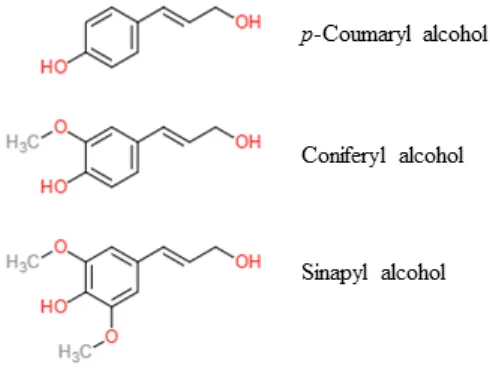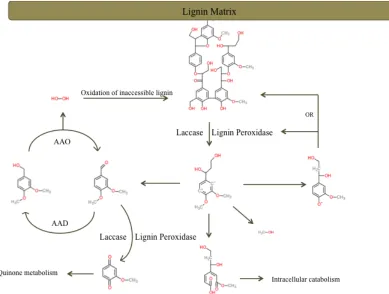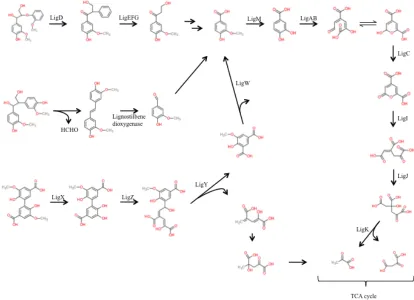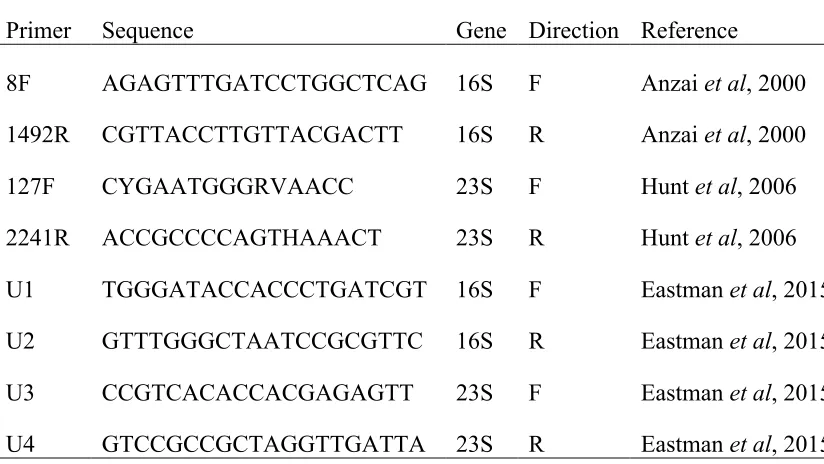Genomic analyses of Paenibacillus polymyxa CR1, a bacterium with potential applications in biomass degradation and biofuel production
Full text
Figure




Outline
Related documents
By controlling for the firm’s leverage level, the stock market index return and its volatility, the correlation between firm’s stock and bond returns is determined
CONCLUSIONS: The findings of the current study revealed mild degree of depression and anxiety among caregivers (mainly mothers) who were providing caregiving for
An integrated vacuum stripping system was designed and applied to recover butanol from the fermentation broth simultaneously to relieve the culture butanol inhibition, thereby
Hence, this has made us to realize that the environmental policies related to the collection, storage and disposal of solid wastes in the local government area
Its existence of ecology, ecological ethics and ecological value theory as the theoretical basis, is a combination of science technology and ecological aesthetic
The results suggested that spatzle from different insects have conserved structure and similar activation mechanism and plays an important role in the initiation of Toll
The catalytic activity of GGT is highest in the proximal epididymal regions and decreases toward the distal regions; participating in the epididymal sperm
In this present work, colloidal silver nanoparticles were prepared via greener method using leaf extract of Laportae aestuans as reductant and capping agent,





